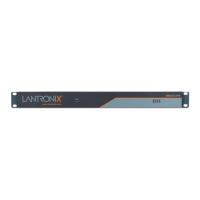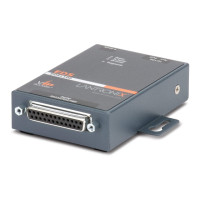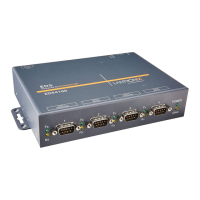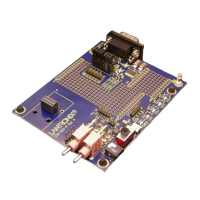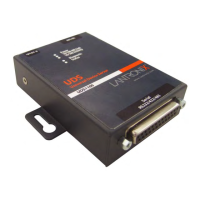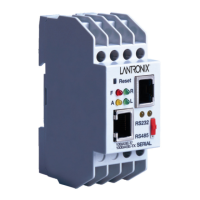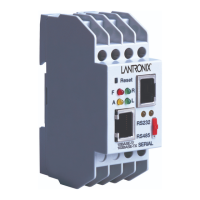C: Networking and Security
EDS Device Servers User Guide 162
Tunneling and the EDS
Each EDS serial port supports two concurrent tunneling connections, Connect mode and
Accept mode. These connections operate independently of the other EDS serial ports.
In Connect mode, the EDS actively makes a connection. The receiving node on
the network must listen for the Connect mode’s connection. By default, Connect
mode is disabled.
In Accept mode, the EDS listens for a connection. A node on the network initiates
the connection. By default, Accept mode is enabled.
Disconnect mode defines how an active connection is disconnected. The
parameters used to drop the connection are user configurable. The EDS’s
Disconnect mode disconnects both Accept mode and Connect mode connections
on a serial port when it observes the defined event occur on that port.
When any character arrives through the serial port, it gets copied to both the Connect
mode connection and Accept mode connection if both are active.
Connect Mode
For Connect mode to work:
Connect mode must be enabled on the EDS (see Tunnel – Connect Mode Page
on page 63).
A remote station (node) must be configured for Connect mode.
A remote TCP or UDP port must be configured.
When Connect mode is enabled, it remains on until it is ended by Disconnect mode.
Connect mode supports the following protocols:
TCP
Telnet (IAC)
AES encryption over UDP
AES encryption over TCP
SSL
SSH (the EDS is the SSH client)
UDP (available only in Connect mode since it is a connectionless protocol)
For AES encryption, both the encrypt key and the decrypt key must be specified. The
encrypt key is used with data sent from the EDS, while the decrypt key is used when the
EDS receives data. Both keys can have the same value.
If the remote address or port is not configured and Connect mode is set to UDP, the EDS
accepts packets from any device on the network and sends packets to the last device
that sent it packets. To ensure the EDS does not accept UDP packets from all devices on
the network, you must configure the remote address and port. When the remote port and
station are configured, the EDS ignores data from other sources.
To configure SSH, the SSH client username must be configured. In Connect Mode, the
EDS is the SSH client. Ensure the EDS’s SSH client username is configured on the SSH
server before using it with the EDS.
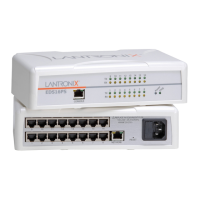
